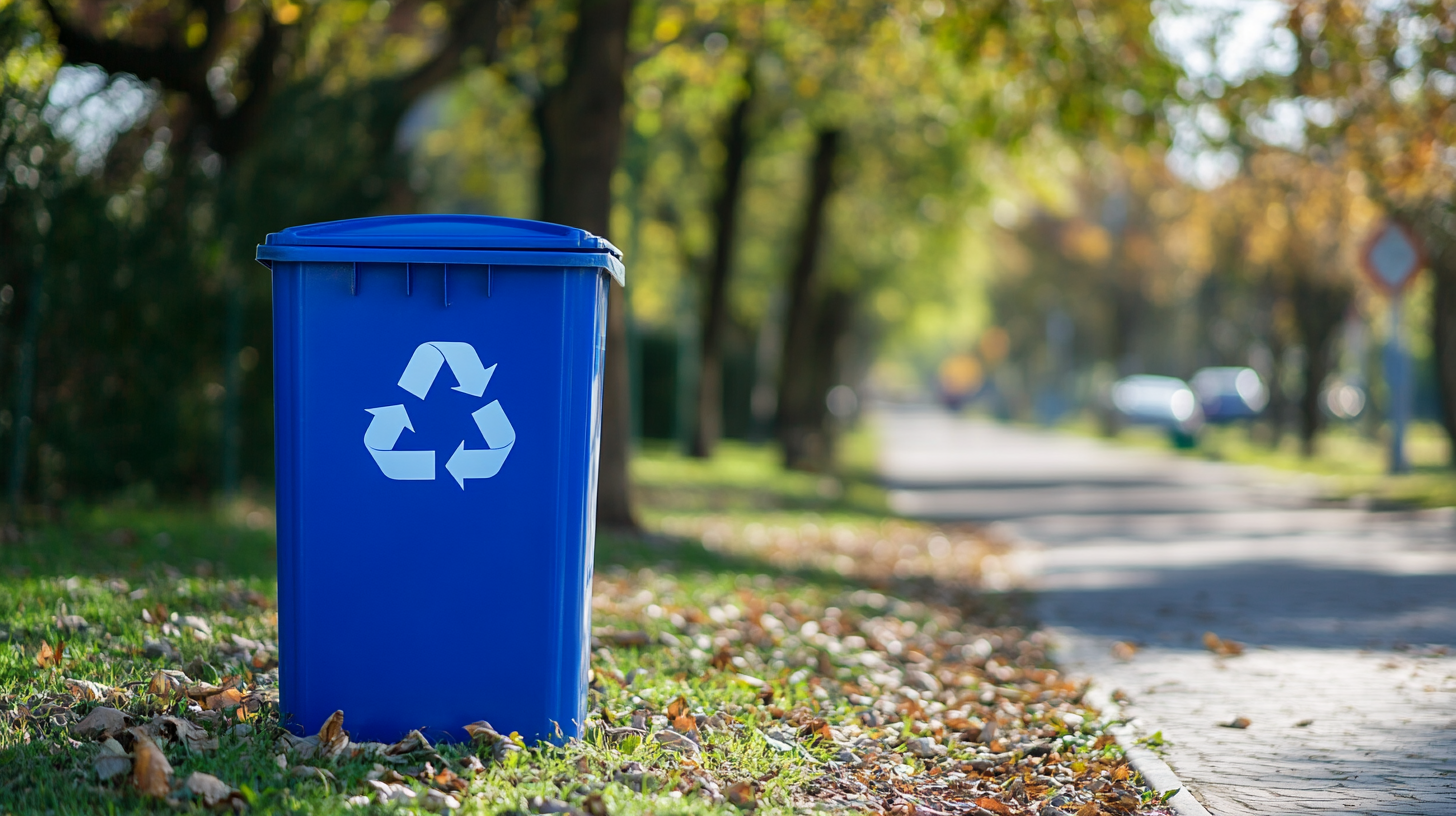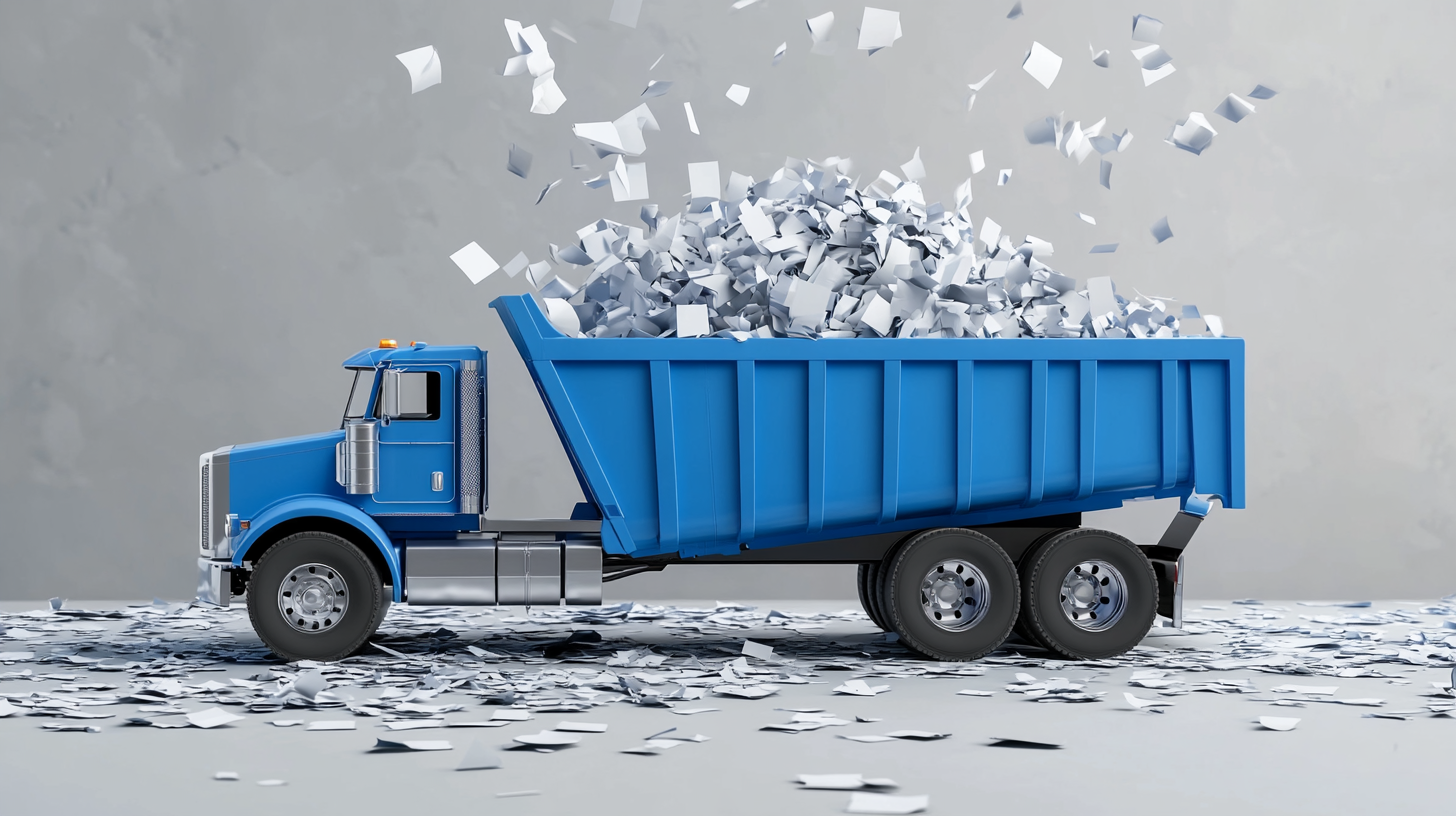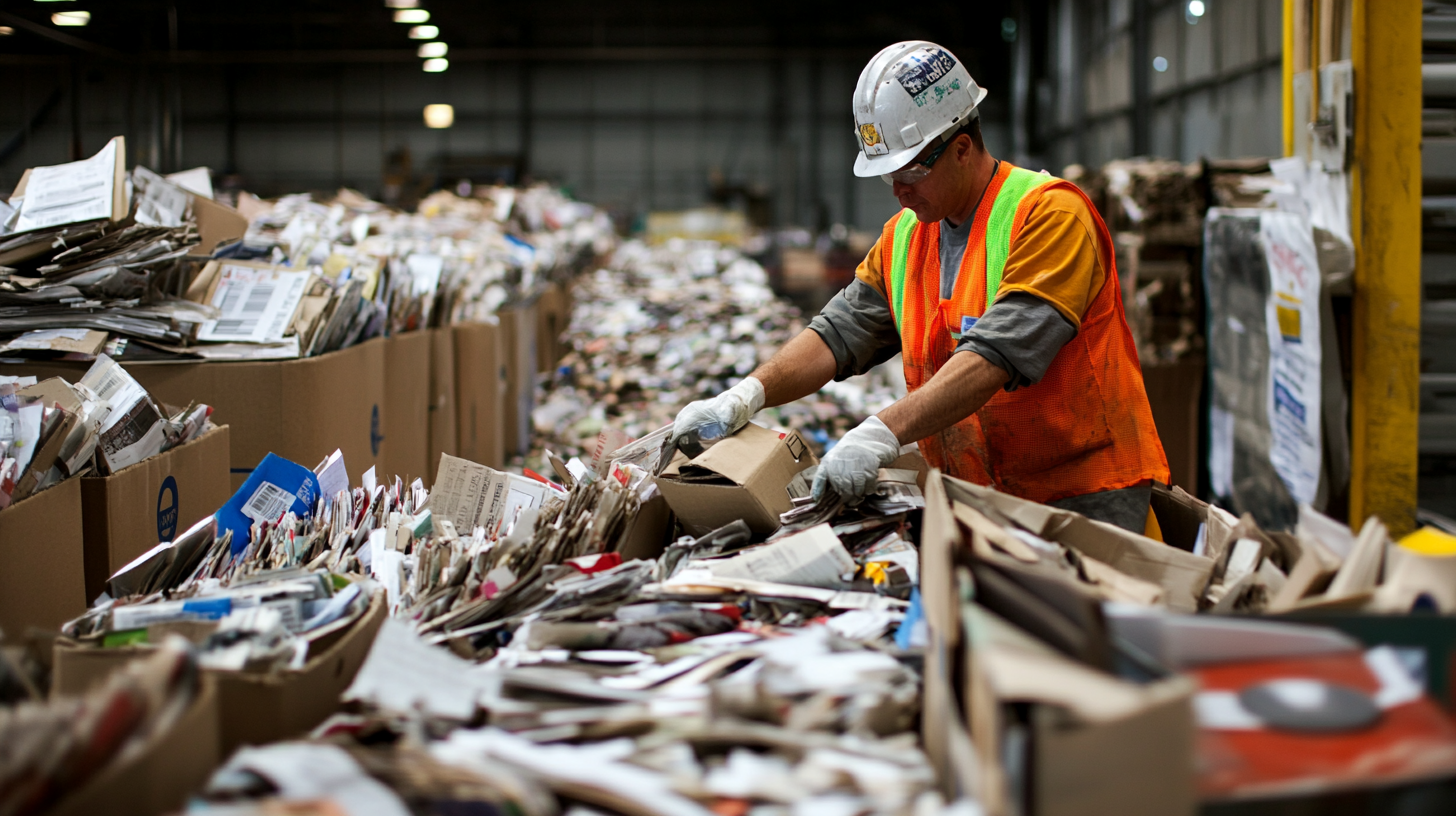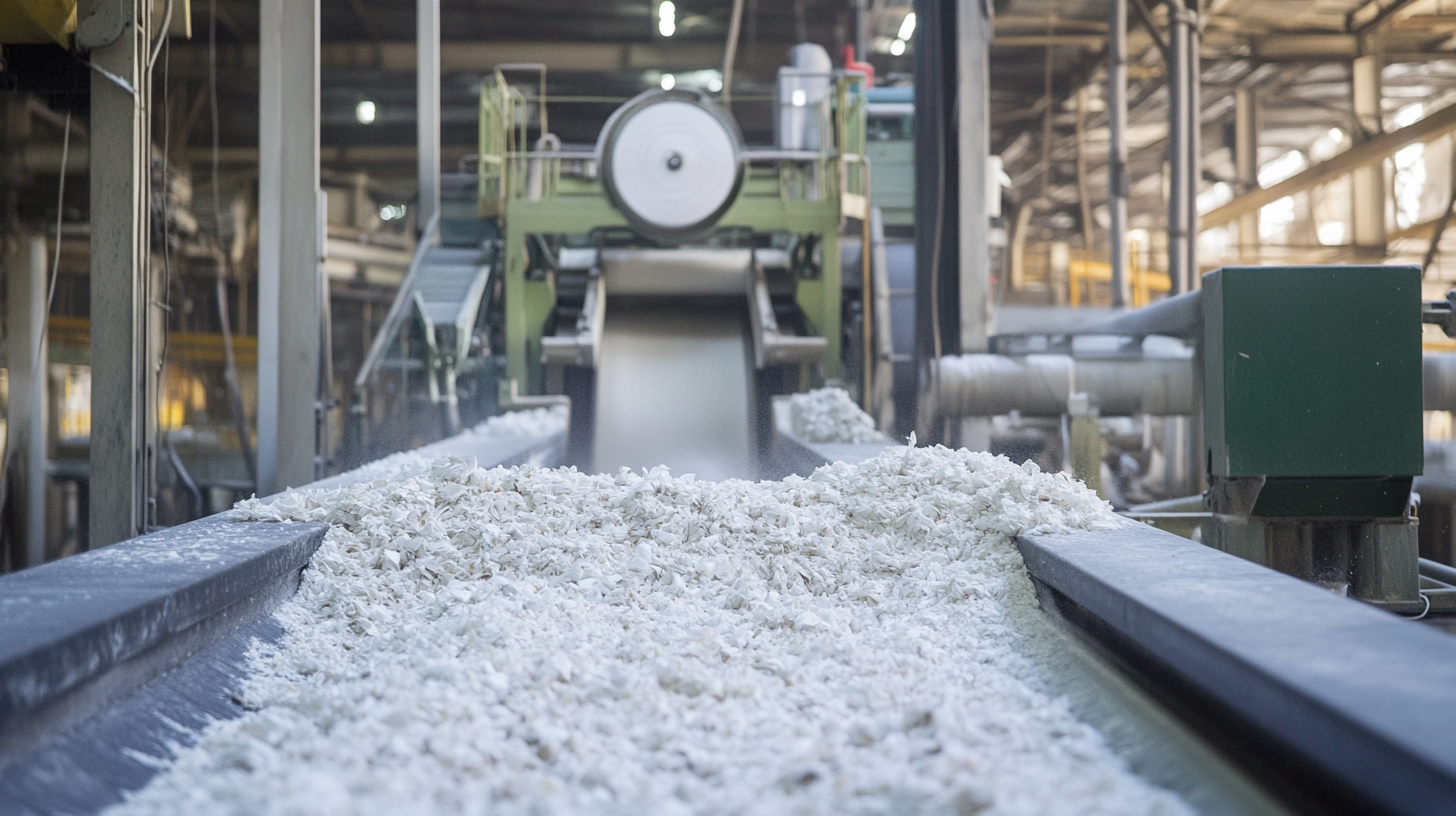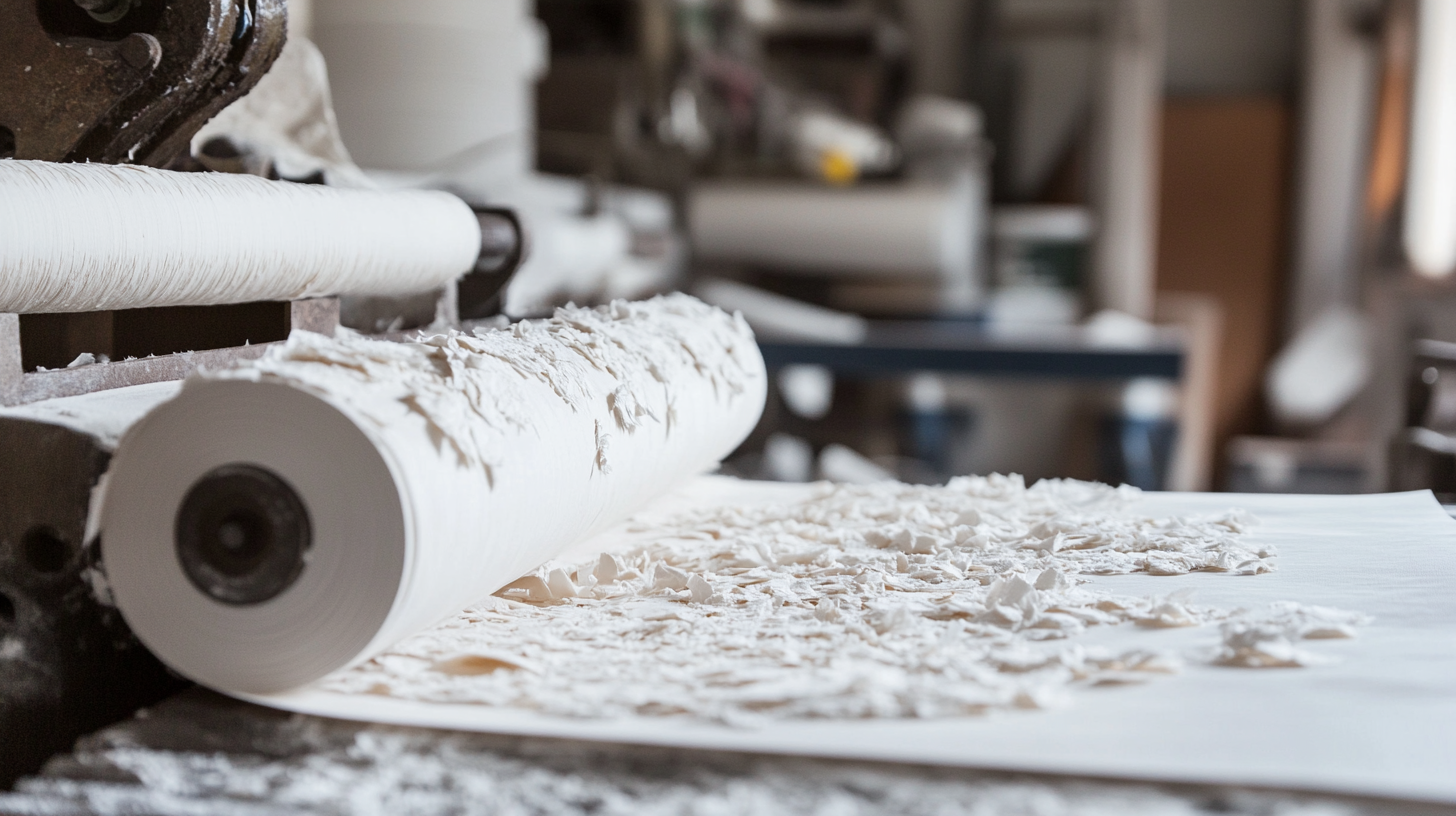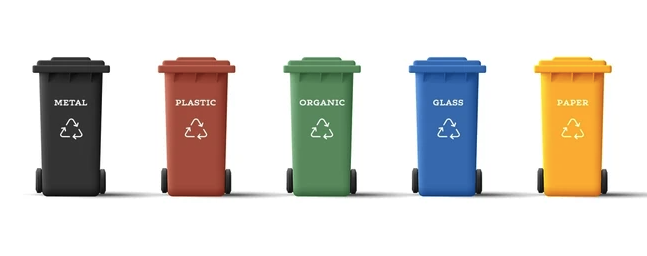
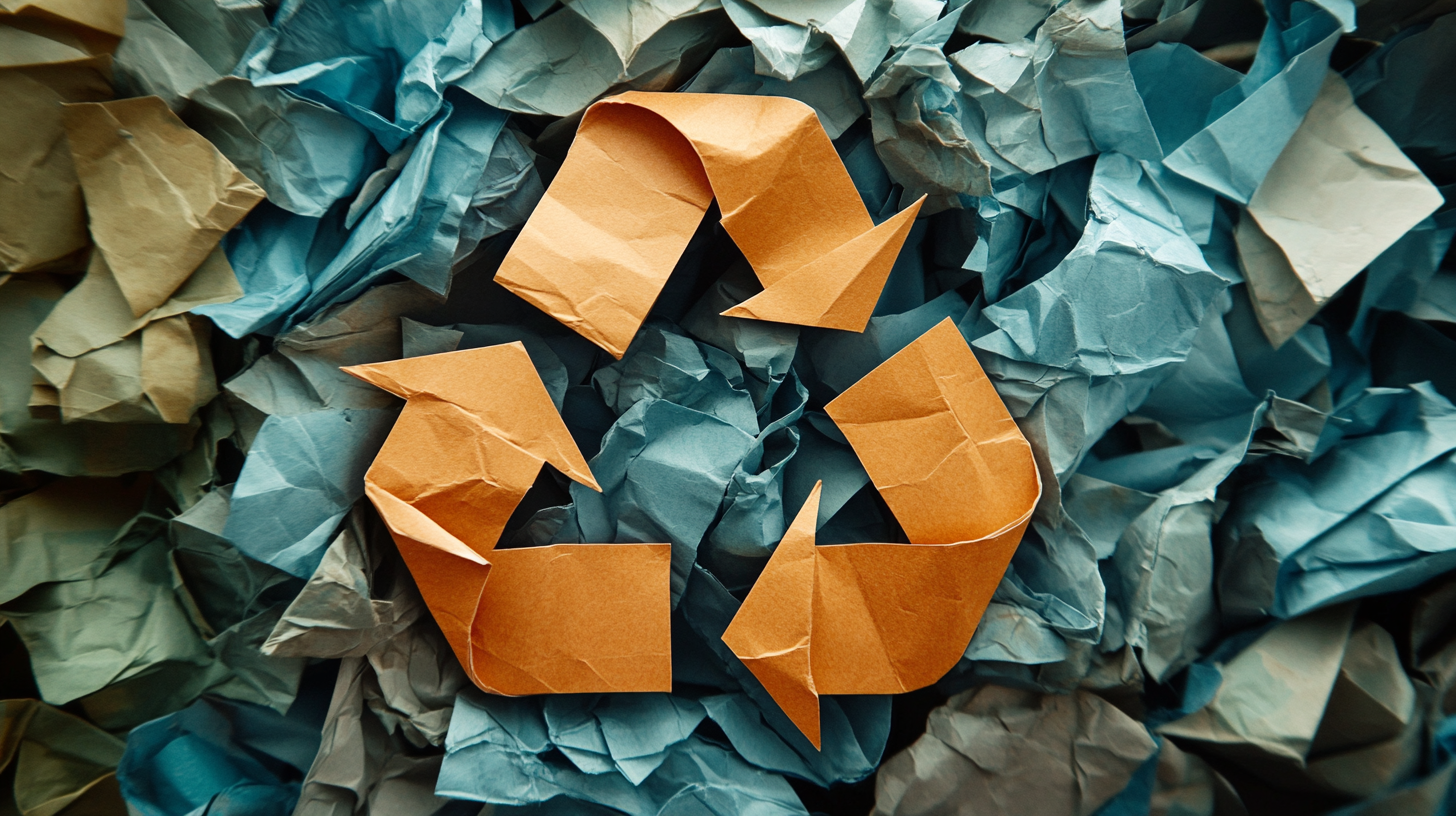
Introduction: Learn about the paper recycling process, why it’s essential for the environment, and how you can participate in making a positive impact. At The Owl Corporation, we’re committed to providing eco-friendly solutions and helping businesses and individuals get involved in the recycling movement.
| |

Recycling paper is an efficient and environmentally friendly way to conserve resources. Here’s a breakdown of how the process works:
| |

Getting involved in paper recycling is easy and can make a big difference. Here are a few ways you can help:

Paper recycling is vital for conserving resources, reducing pollution, and minimizing the environmental impact of paper production. Let’s dive deeper into the key reasons why recycling paper is so important:
Conclusion: The Power of Paper Recycling
 The Owl Corporation offers custom recycling solutions and expert consultation to help you optimize your paper recycling efforts.
The Owl Corporation offers custom recycling solutions and expert consultation to help you optimize your paper recycling efforts.
